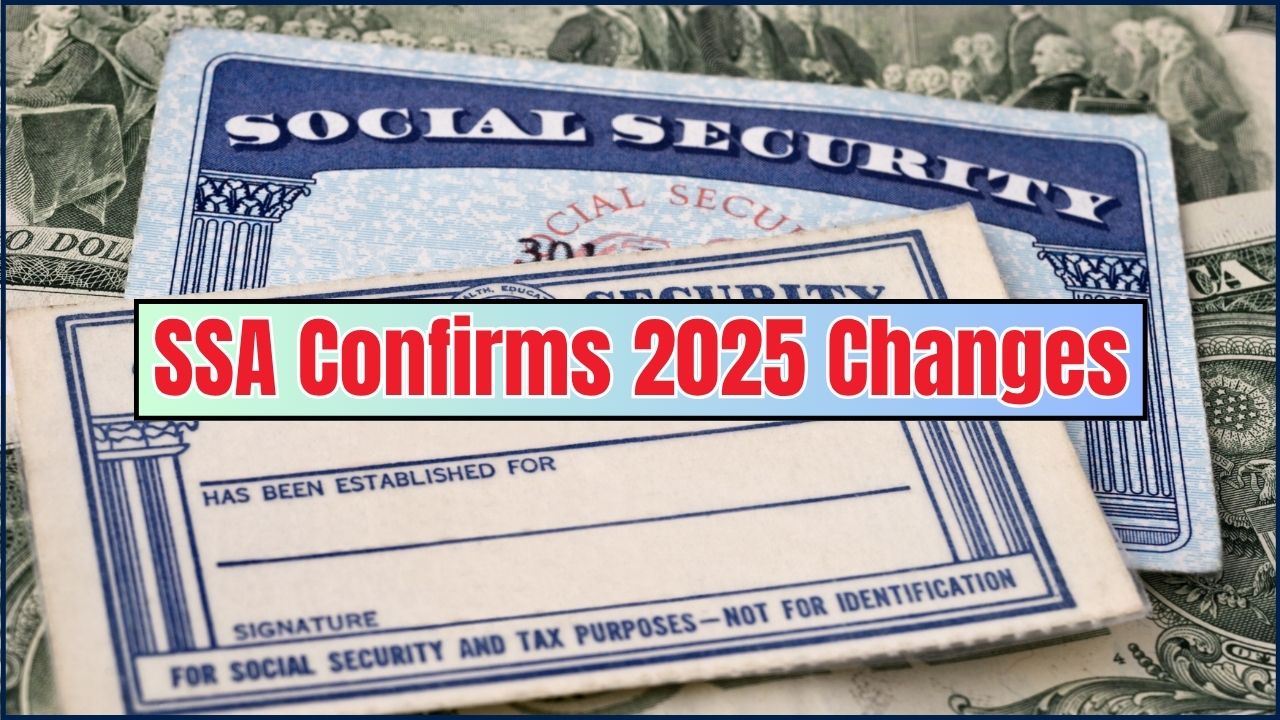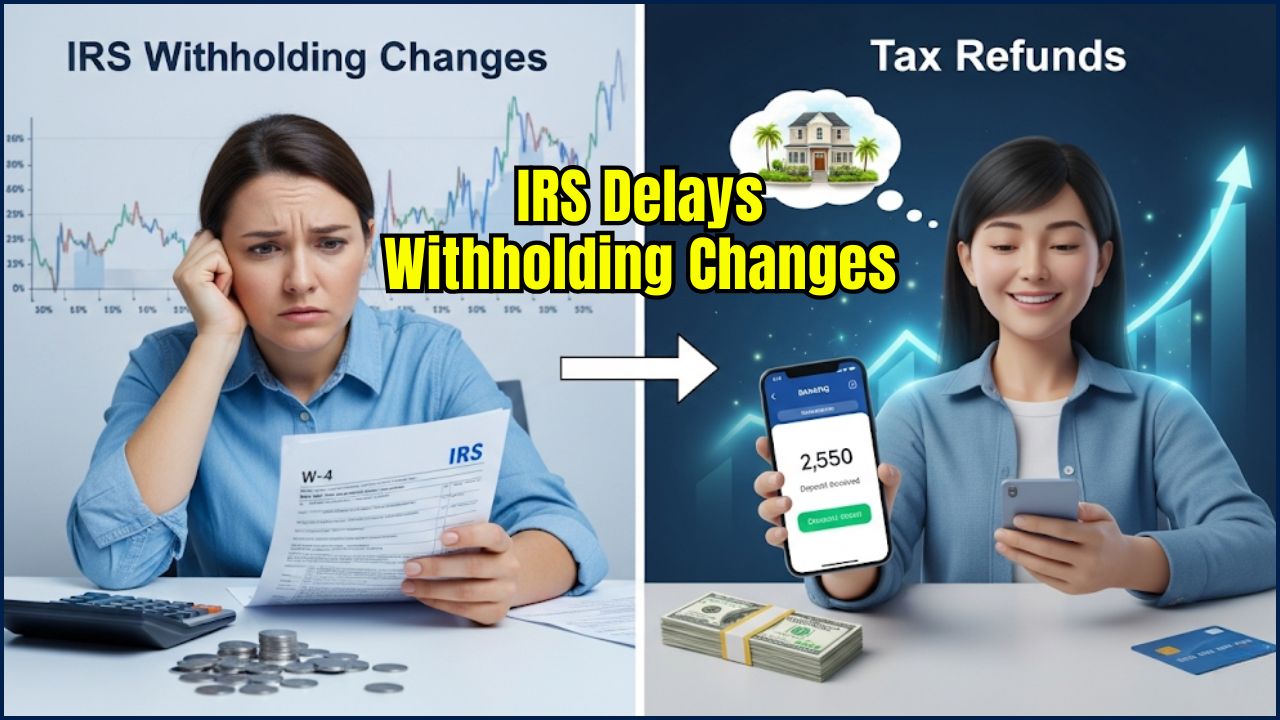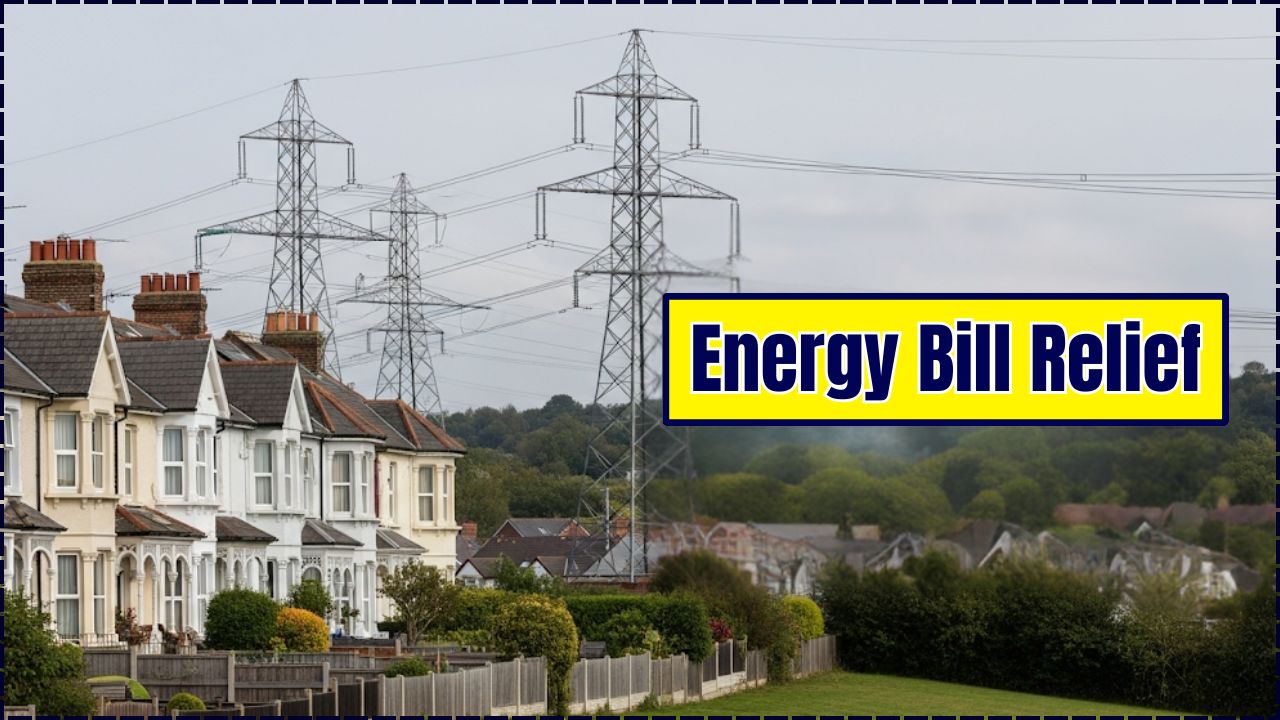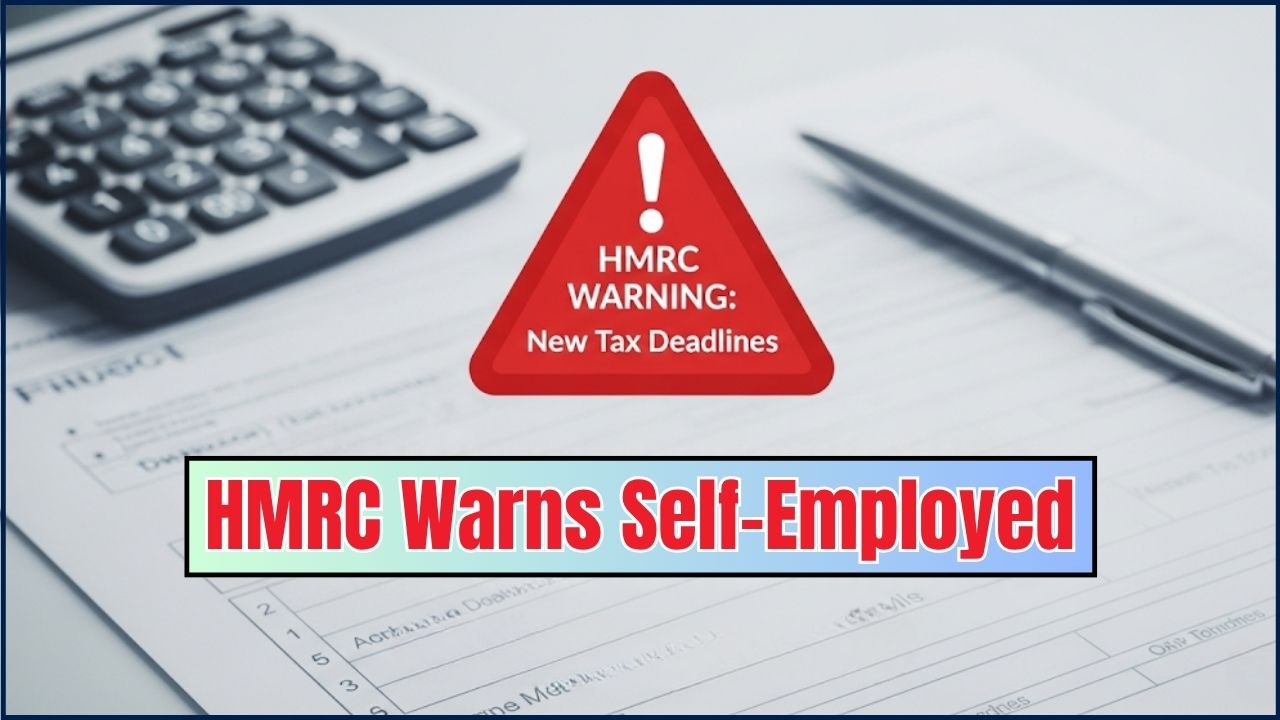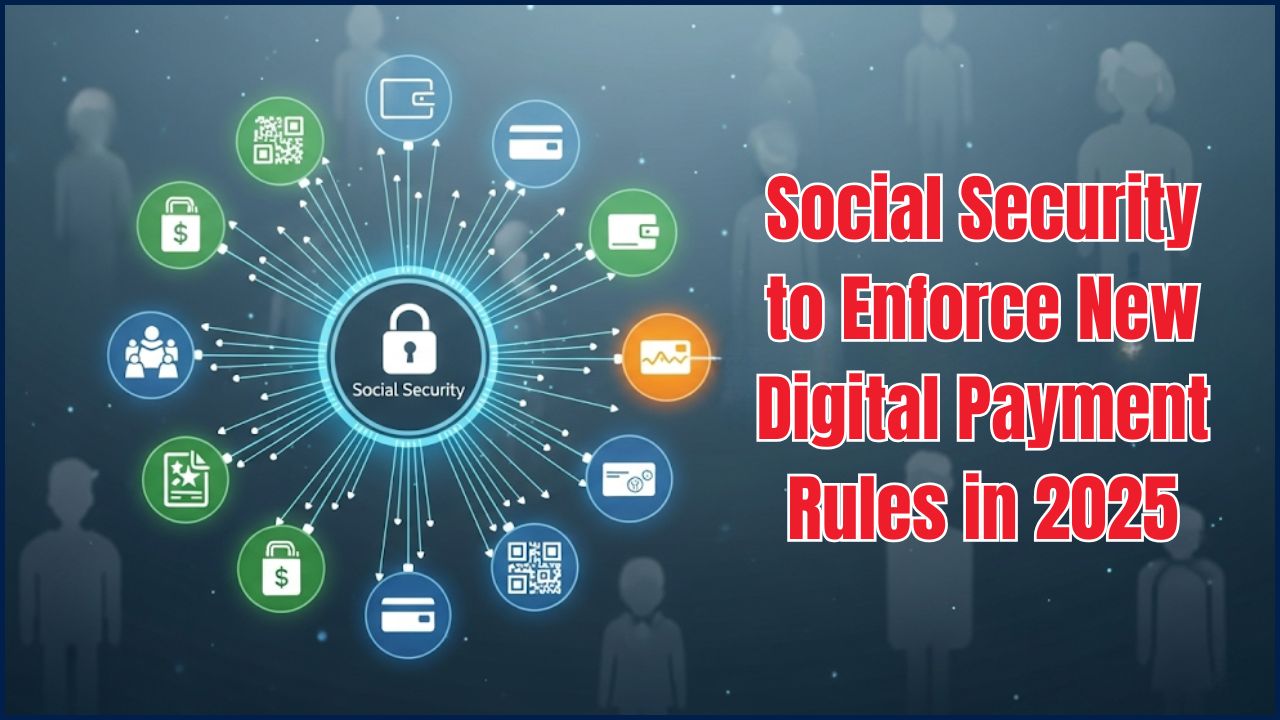In a major move to modernize the way Social Security benefits are delivered, the U.S. Social Security Administration (SSA) has announced that starting on September 30, 2025, paper checks for Social Security, Supplemental Security Income (SSI), and other related benefits will be phased out. Instead, recipients will be required to switch to electronic payment methods, including Direct Deposit and the Direct Express® card.
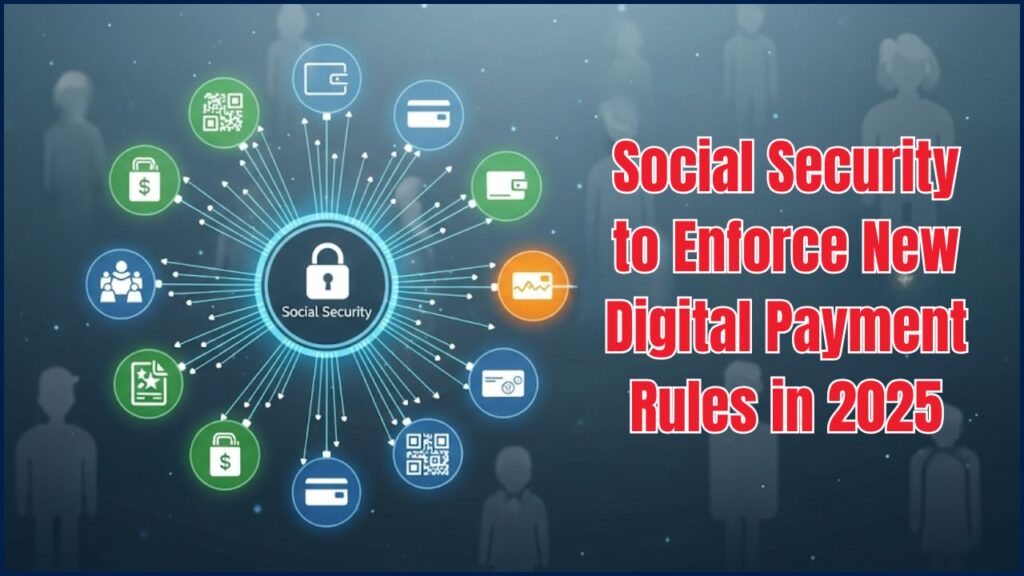
For many, this change may seem daunting, especially if they’re used to receiving paper checks, but the shift is necessary for security, cost-efficiency, and convenience. This article will guide you through everything you need to know to prepare for the change, with practical advice, real-life examples, and in-depth explanations. Whether you’re a long-time Social Security recipient, a financial professional, or someone just starting to learn about this, we’ve got you covered.
Social Security to Enforce New Digital Payment Rules in 2025
| Key Detail | Information |
|---|---|
| New Rule Date | September 30, 2025 |
| Current Payment Method | Paper checks for Social Security benefits |
| New Payment Method | Electronic payments (Direct Deposit or Direct Express® card) |
| Impacted Groups | Social Security beneficiaries, SSI recipients, veterans, and others receiving federal payments |
| Exemptions | Available for individuals over 90, those with mental impairments, and people living in remote areas |
| Action Required | Update payment method by Sept 30, 2025 |
| Official Website for Updates | SSA.gov |
The shift from paper checks to electronic payments is a major step forward in improving the efficiency, security, and cost-effectiveness of Social Security benefit distribution. The process may seem overwhelming at first, but with proper planning and assistance, it’s easy to make the transition. Don’t wait until the last minute — take action today by updating your payment information or applying for an exemption if needed. By doing so, you’ll ensure that your Social Security payments are delivered quickly, securely, and without delay.
Why is Social Security Ending Paper Checks?
A Historical Shift
Historically, Social Security benefits were distributed using paper checks. The system began in the 1930s, and by the 1970s, direct deposit options were introduced to streamline the payment process. Since then, the government has continuously worked to evolve its payment methods. In the digital age, paper checks have become outdated and inefficient. Let’s explore why this transition is happening now.
1. Fraud Prevention
Paper checks are inherently risky. According to the SSA, paper checks are 16 times more likely to be lost or stolen than electronic payments. In recent years, identity theft and fraud have been major concerns for government agencies. By switching to Direct Deposit or the Direct Express® card, payments are much harder to intercept, reducing the risk of fraud.
2. Cost Efficiency
Processing paper checks is expensive. Each paper check costs approximately 50 cents to process, while electronic payments cost only 15 cents. This shift will not only save taxpayers money but also improve the efficiency of the SSA’s operations, ensuring that more of the resources go directly into people’s pockets.
3. Speed and Accessibility
One of the best things about electronic payments is how fast they are. Once your payment is processed, the money is deposited directly into your account or available on your Direct Express® card, usually within 1-2 days. No more waiting for checks to arrive in the mail, and no more worrying about them getting lost or delayed.
What Are Your New Payment Options?
The SSA is offering two options for receiving benefits after the phase-out of paper checks:
1. Direct Deposit
This is the most convenient option for most people. With Direct Deposit, your Social Security benefits are deposited directly into your personal bank account. This means you don’t need to worry about checks being delayed or lost in the mail.
How to Set It Up:
- Log into your my Social Security account at www.ssa.gov/myaccount.
- Follow the prompts to update your payment method with your bank account details (routing and account numbers).
- If you prefer, you can also call the SSA or visit your local office to set it up.
2. Direct Express® Card
If you don’t have a bank account, you can use the Direct Express® card, a prepaid debit card issued by the U.S. Treasury. This card works just like a regular debit card and can be used for purchases, ATM withdrawals, and bill payments.
How to Get One:
- Visit www.usdirectexpress.com to apply for a Direct Express® card.
- Alternatively, you can call the SSA for assistance in getting one.
Exceptions to the Rule
Some people will still be able to receive paper checks if they qualify for an exemption. The SSA has put in place exceptions for:
- Individuals aged 90 or older.
- Individuals with cognitive or mental impairments.
- Residents of remote areas with limited banking infrastructure.
If you think you qualify, apply for an exemption before the September 30, 2025 deadline to avoid any disruptions in payments.
Real-Life Example: How the Change Impacts Social Security Recipients
Meet Bob, a 72-year-old retiree who has been receiving his Social Security check by mail for the past 10 years. He has always been comfortable with receiving checks, but he now faces the upcoming change. Bob isn’t sure how to transition to Direct Deposit, especially since he doesn’t use a computer much.
With a little help from his daughter, who set up his my Social Security account and assisted him in inputting his bank details, Bob’s payments were seamlessly transitioned to Direct Deposit. This not only ensured that his checks were delivered quickly, but he was also more secure knowing that his payments were now harder to intercept.
Paper Checks vs. Electronic Payments: A Quick Look
| Feature | Paper Checks (Pre-2025) | Electronic Payments (Direct Deposit or Direct Express®) |
| Security | Susceptible to being lost, stolen, or damaged. | Funds are deposited directly and securely. Much lower risk of fraud. |
| Availability | Can be delayed by mail service issues, holidays, or weekends. | Funds are available on your payment date, on time, every time. |
| Cost to Government | Approximately 50 cents per check to process. | Less than 15 cents per transaction. This saves taxpayer money! |
| Convenience | Requires a trip to the bank or a check-cashing store. | Access funds instantly. You can pay bills online or use a debit card. |
What Happens If You Don’t Act?
Potential Consequences of Ignoring the Deadline:
- Delayed Payments: If you don’t update your payment method or qualify for an exemption, your payments may be delayed or stopped altogether.
- Increased Risk of Fraud: Continuing to receive paper checks exposes you to fraud, as checks can be stolen or altered.
How to Prepare for the Change
Here are some easy steps to prepare:
- Update Your Payment Information: Log into your my Social Security account and update your payment preferences.
- Apply for an Exemption: Contact the U.S. Treasury Electronic Payment Solution Center at 1-800-967-5042 to apply for an exemption if you’re eligible.
- Ask for Help: If you’re unfamiliar with digital systems, consider asking a family member or caregiver to assist you in the transition. SSA offices also provide help.
FAQs
1. Why is Social Security ending paper checks?
Paper checks are being phased out due to concerns over security, efficiency, and cost. Electronic payments are faster, more secure, and less expensive.
2. Can I still receive paper checks after 2025?
Only if you qualify for an exemption. The deadline for switching to electronic payments is September 30, 2025.
3. What if I don’t set up electronic payments?
If you don’t update your payment information or apply for an exemption, your payments may be delayed, and you could face issues receiving benefits.

